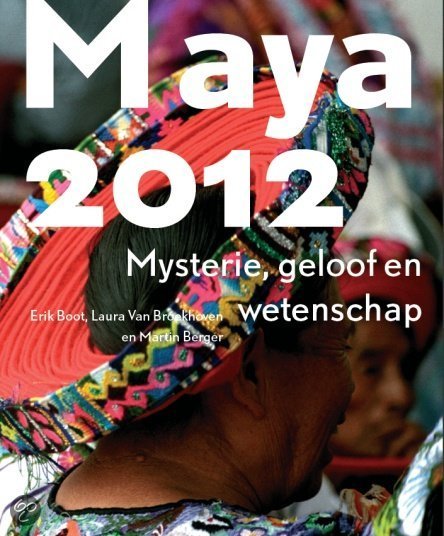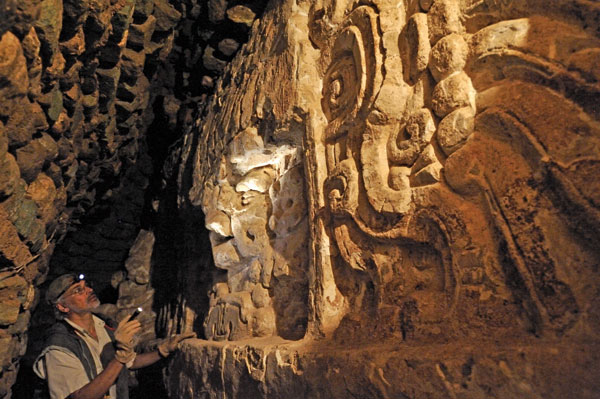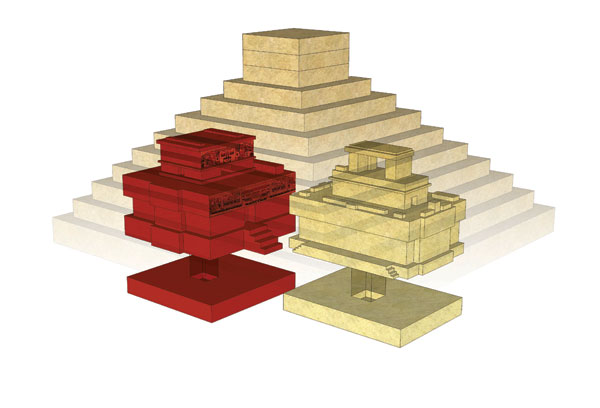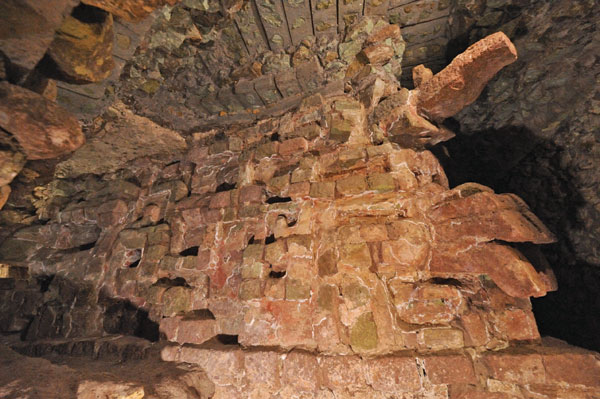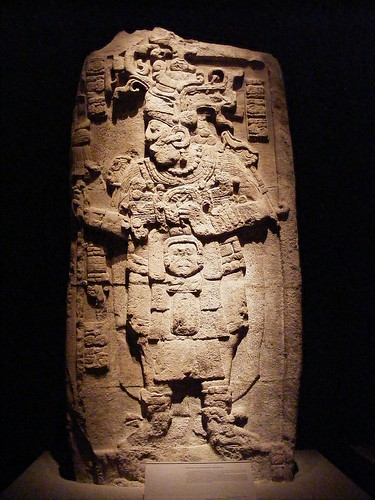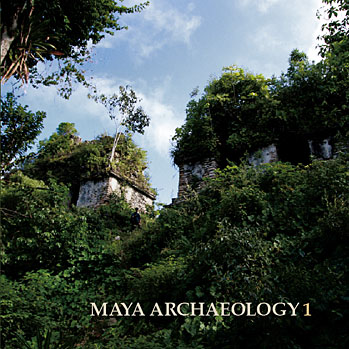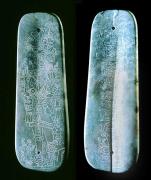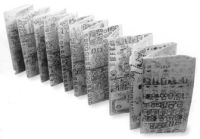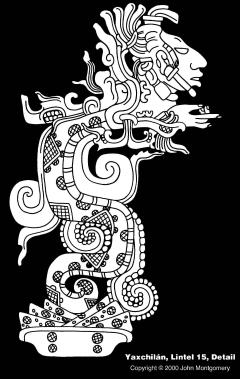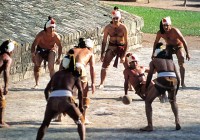Maya News Updates 2007, No. 81: Palmarejo Valley, Honduras - First Scientifically Excavated Ulúa Style Vase Contained Corn and Cacao Drink Laced With Purge Inducing Herb
At an archaeological site in the Palmarejo Valley in Northwest Honduras archaeologists have unearthed a rare Ulúa style white marble vase, the first of its kind ever to be excavated scientifically. The vase was excavated already in 2005 as part of a burial in a mound dating to circa AD 650. Chemical analysis of the residue inside the vessel as well as surrounding earth shows that the vessel contained a beverage made of corn-gruel and cacao, laced with false ipecac, a herb which causes severe nausea when consumed. The news on this important disovery was posted on December 4, 2007, at the National Geographic News website (edited by MNU):
Rare Maya "Death Vase" Discovered - An extremely rare and intricately carved "death vase" has been discovered in the 1,400-year-old grave of an elite figure from the Maya world, scientists say. The vase is the first of its kind to be found in modern times, and its contents are opening a window onto ancient rituals of ancestor worship that included food offerings, chocolate enemas, and hallucinations induced by vomiting, experts say.
Archaeologists discovered the vase along with parts of a human skeleton while excavating a small "palace" in northwestern Honduras in 2005 (the dig was funded by the National Geographic Society, which owns National Geographic News).
Soil samples taken from in and around the vessel were found to contain pollen from corn, cacao, and false ipecac, a plant that causes severe nausea when eaten. These traces suggest the vase may have been used in ancient rites the Maya practiced to produce trancelike states through intense physical purging, said Christian Wells, an anthropologist at the University of South Florida who lead the excavation.
"The way to have contact, to communicate, with ancestors is to have visions," Wells said of the Maya rituals. "And you have a vision either by cutting yourself and bloodletting—which there's really no evidence for in this case—or by having some very powerful chocolate enema, or by drinking your brains out and throwing up. "We think this beverage [in the vase] may have contained ipecac, which would have made the person who's drinking it throw up—a lot. Then, by throwing up a lot, they could've had visions that would have allowed them to talk with the ancestors."
Wells' team believes that the white marble vase contained a corn-based gruel laced with the stomach-churning herb. Cacao, from which chocolate is made, may have been added for flavor. The new findings could help solve the long-standing mystery of what purpose the ornamental vessels, called Ulúa-style vases, served. Most of the vases known to scientists were either looted from graves or were unearthed long before modern archaeological methods were available, Wells said. [...].
Archaeologists discovered the vase along with parts of a human skeleton while excavating a small "palace" in northwestern Honduras in 2005 (the dig was funded by the National Geographic Society, which owns National Geographic News).
Soil samples taken from in and around the vessel were found to contain pollen from corn, cacao, and false ipecac, a plant that causes severe nausea when eaten. These traces suggest the vase may have been used in ancient rites the Maya practiced to produce trancelike states through intense physical purging, said Christian Wells, an anthropologist at the University of South Florida who lead the excavation.
"The way to have contact, to communicate, with ancestors is to have visions," Wells said of the Maya rituals. "And you have a vision either by cutting yourself and bloodletting—which there's really no evidence for in this case—or by having some very powerful chocolate enema, or by drinking your brains out and throwing up. "We think this beverage [in the vase] may have contained ipecac, which would have made the person who's drinking it throw up—a lot. Then, by throwing up a lot, they could've had visions that would have allowed them to talk with the ancestors."
Wells' team believes that the white marble vase contained a corn-based gruel laced with the stomach-churning herb. Cacao, from which chocolate is made, may have been added for flavor. The new findings could help solve the long-standing mystery of what purpose the ornamental vessels, called Ulúa-style vases, served. Most of the vases known to scientists were either looted from graves or were unearthed long before modern archaeological methods were available, Wells said. [...].
The full story can be found at National Geographic News.




